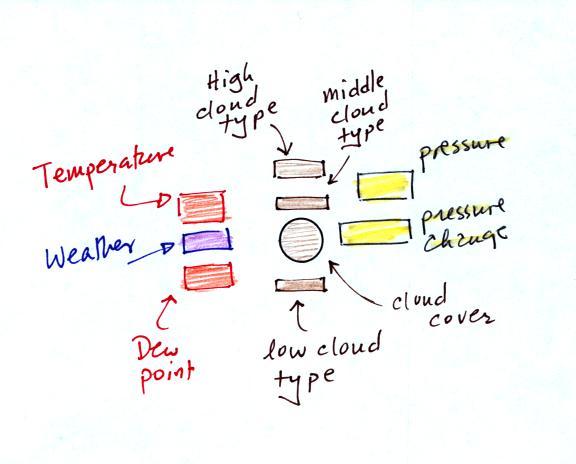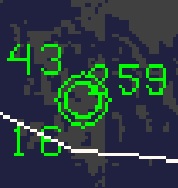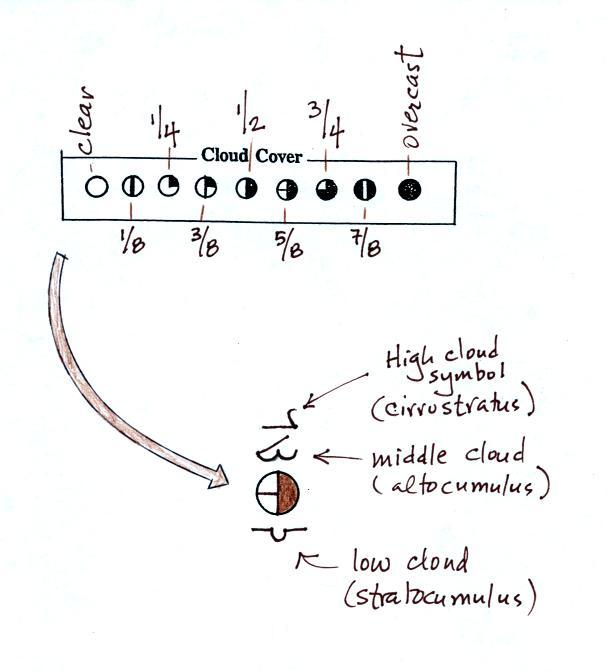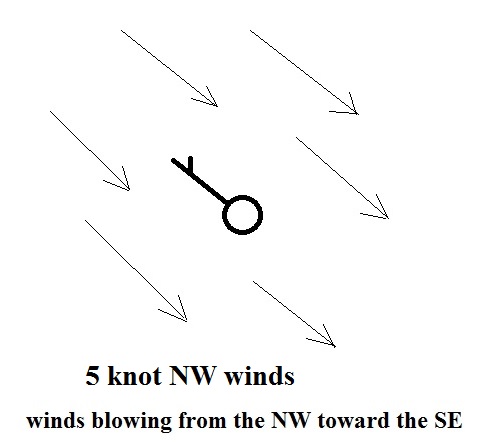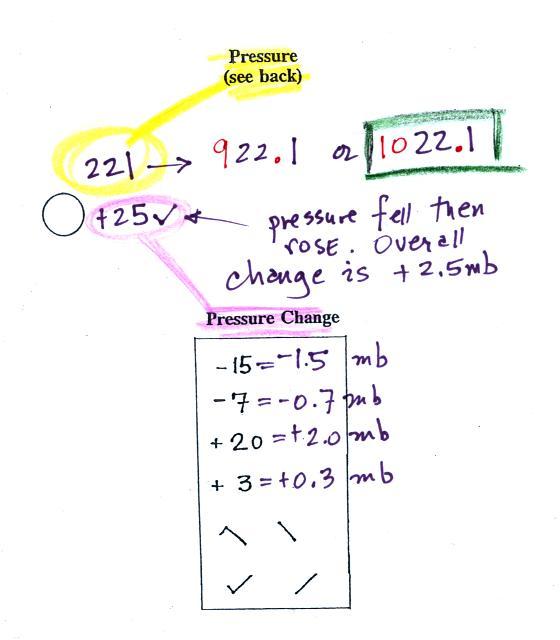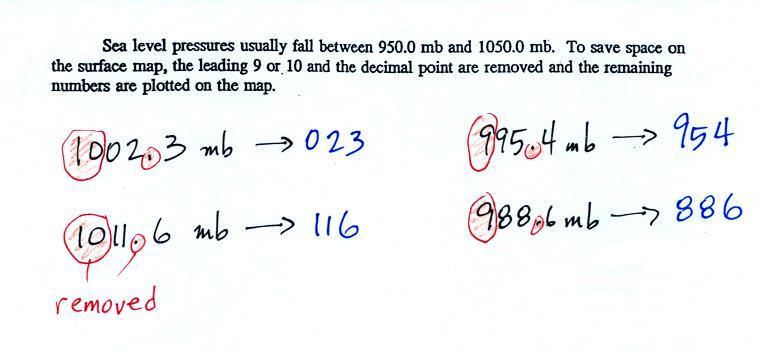Here are several examples of
conversions between MST and UT.
to convert from MST (Mountain Standard Time) to UT
(Universal Time)
10:20 am MST:
add the 7 hour
time zone correction ---> 10:20 + 7:00 = 17:20
UT (5:20 pm in Greenwich)
2:45 pm MST :
first convert to
the 24 hour clock by adding 12 hours 2:45 pm MST +
12:00 = 14:45 MST
then add
the 7 hour time zone correction ---> 14:45 + 7:00 =
21:45 UT (7:45 pm in England)
7:45 pm MST:
convert to the
24 hour clock by adding 12 hours 7:45 pm MST + 12:00 =
19:45 MST
add the 7 hour time zone correction ---> 19:45 + 7:00 =
26:45 UT
since this is greater than 24:00 (past midnight) we'll
subtract 24 hours 26:45 UT - 24:00 = 02:45 am the
next day
to convert from UT to MST
15Z:
subtract the 7
hour time zone correction ---> 15:00 - 7:00 = 8:00 am MST
02Z:
if we subtract
the 7 hour time zone correction we will get a negative
number.
So we will first add 24:00 to 02:00 UT then subtract 7 hours
02:00 + 24:00 = 26:00
26:00 - 7:00 = 19:00 MST on the previous day
2 hours past midnight in Greenwich is 7 pm the previous day
in Tucson
